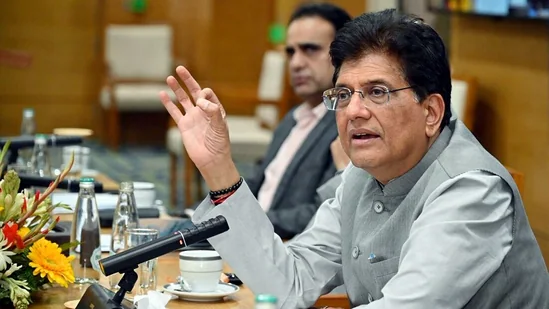From 2014 to 2025: How Narendra Modi Transformed India's Political and Economic Landscape
- MGMMTeam

- Jun 7
- 3 min read
Since assuming office in 2014, Prime Minister Narendra Modi has led India through a period of significant transformation, reshaping the nation's political, economic, and infrastructural fabric. Over the past 11 years, his administration has implemented a series of reforms and initiatives aimed at propelling India onto the global stage.

Economic Reforms: Laying the Foundation for a New India
The Modi government's economic strategy has focused on liberalization, digitalization, and structural reforms. Key initiatives include:
Goods and Services Tax (GST): Introduced in 2017, GST unified India's complex tax structure into a single tax system, simplifying compliance and boosting revenue.
Insolvency and Bankruptcy Code (IBC): Established to streamline the resolution of corporate insolvency, enhancing the ease of doing business.
Pradhan Mantri Jan Dhan Yojana (PMJDY): Launched in 2014, this financial inclusion program has opened millions of bank accounts, bringing the unbanked population into the formal financial system.
Make in India: Aimed at boosting domestic manufacturing and attracting foreign investment, this initiative has positioned India as a global manufacturing hub.
These reforms have contributed to India's rise as the world's fifth-largest economy, with a GDP growth that has outpaced many developed nations.
Infrastructure Development: Building the Backbone of Growth
Infrastructure has been a cornerstone of Modi's vision for a developed India. Notable achievements include:
Road and Highway Expansion: The national highway network expanded by 60% from 2014 to 2023, facilitating better connectivity and trade.
Railway Modernization: Projects like the Vande Bharat Express trains and the inauguration of the Chenab Bridge, the world's highest railway bridge, have revolutionized rail travel.
Urban Development: Initiatives like the Smart Cities Mission have aimed to enhance urban infrastructure and sustainability.
Digital India: Bridging the Digital Divide
Launched in 2015, the Digital India initiative sought to enhance online infrastructure and increase internet connectivity, especially in rural areas. By promoting digital literacy and e-governance, the program has aimed to make government services more accessible to citizens.
Social Welfare: Inclusive Development
The Modi government has introduced several welfare schemes targeting various sections of society. The Pradhan Mantri Awas Yojana has aimed to provide affordable housing, while the Ayushman Bharat scheme has sought to offer health coverage to economically vulnerable populations. The Swachh Bharat Abhiyan, launched in 2014, focused on improving sanitation and eliminating open defecation.
Additionally, the Atmanirbhar Bharat initiative emphasized self-reliance, aiming to boost manufacturing and reduce dependency on imports.
Political Landscape: Expanding the BJP's Footprint
Under Modi's leadership, the Bharatiya Janata Party (BJP) has expanded its influence across India. From governing a few states in 2014, the BJP and its allies now hold power in multiple states and union territories, reflecting the party's growing acceptance among the electorate.
Foreign Policy: Elevating India's Global Standing
Modi's foreign policy has been marked by proactive engagement with global powers. The Act East Policy has strengthened ties with Southeast Asian nations, while relations with the United States have deepened, encompassing areas like defense, trade, and technology.
India's participation in international forums such as the G20 and BRICS has further solidified its position as a key global player.
Challenges and Criticisms
Despite these achievements, the Modi administration has faced criticisms. The 2016 demonetization move led to economic disruptions, and the introduction of the Goods and Services Tax (GST) in 2017, while aiming to unify the tax system, posed challenges for small businesses.
Moreover, concerns have been raised about increasing centralization of power and the need for greater transparency in governance.
Conclusion
From 2014 to 2025, Prime Minister Narendra Modi's tenure has been marked by significant transformations in India's political and economic landscape. Through ambitious reforms and initiatives, India has witnessed rapid development and increased its stature on the global stage. As the nation moves forward, the foundations laid during this period will continue to influence its trajectory.
(Sources: India Today, Firsrpost)




Comments